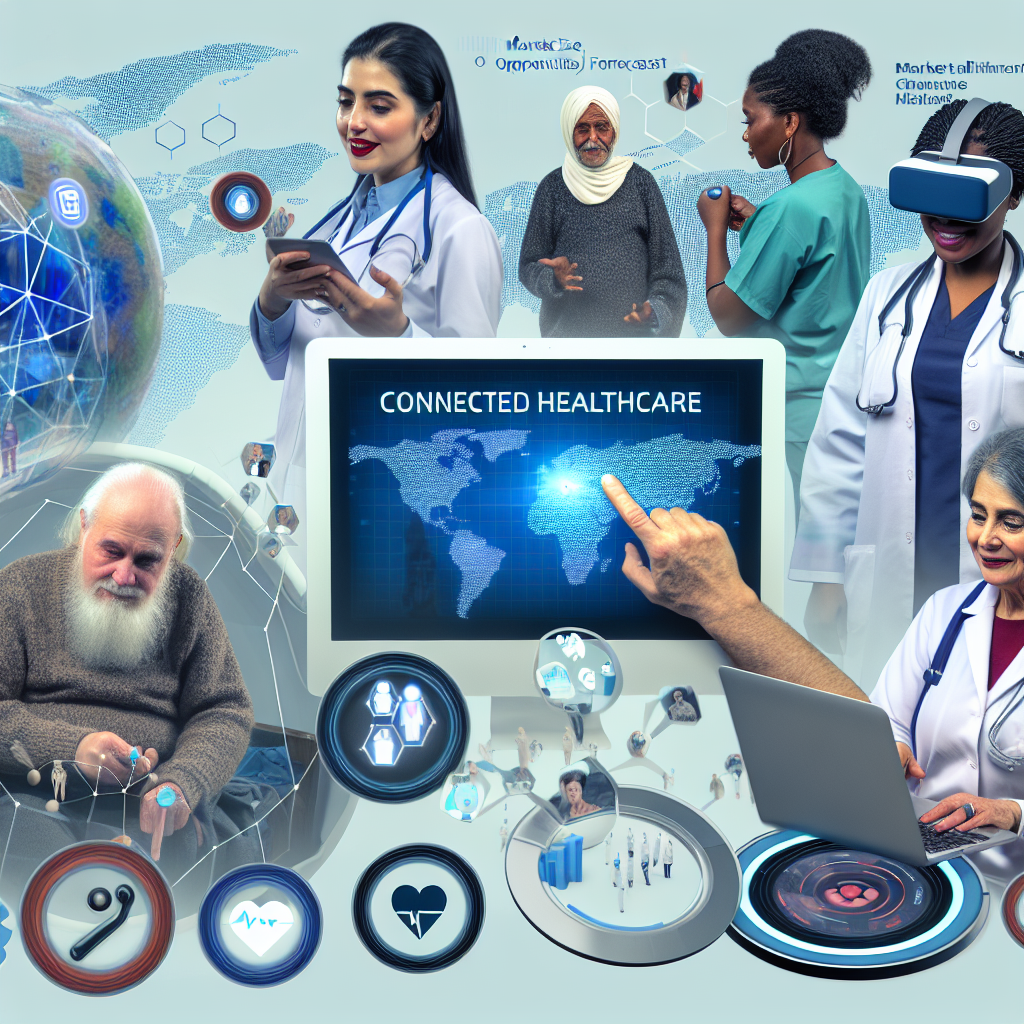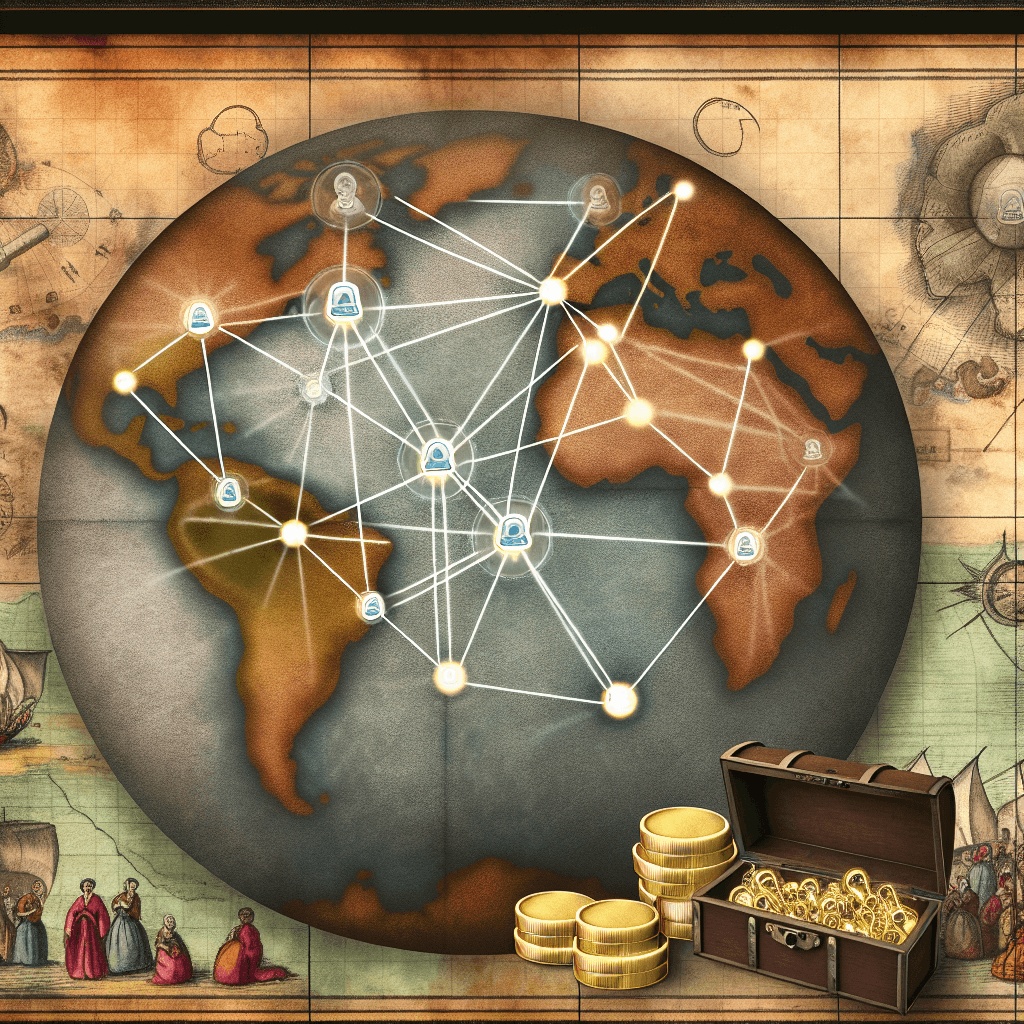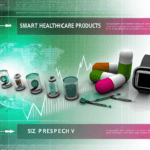Explore the Connected Healthcare Market: uncover size, opportunities, and forecasts for strategic insights and growth.
Connected Healthcare Market Size, Opportunities, & Forecast

Table of Contents
- Connected Healthcare Market Size, Opportunities, & Forecast
- Understanding Connected Healthcare
- Market Size and Growth Projections
- Key Opportunities in Connected Healthcare
- Expansion of Telemedicine
- Advancements in Remote Monitoring Technologies
- Integration of AI and Machine Learning
- Enhanced Data Security Measures
- Challenges in the Connected Healthcare Market
- Case Studies and Examples
- Forecast for the Future
- Conclusion
Connected Healthcare Market Size, Opportunities, & Forecast

The connected healthcare market is rapidly transforming the landscape of medical care, technology, and patient interaction. This integration of healthcare with information technology facilitates the exchange of data and enhances the efficiency of healthcare delivery, improving patient outcomes and reducing costs. This article explores the size, opportunities, and future forecasts of the connected healthcare market, providing a comprehensive overview for stakeholders in the healthcare and technology sectors.
Understanding Connected Healthcare
Connected healthcare, often referred to as technology-enabled care (TEC), involves the convergence of health technology, digital media, and mobile devices. It is designed to manage illnesses, health risks, and wellness practices more effectively and proactively. Key components include:
- Telemedicine
- Remote monitoring
- Smart wearables
- Healthcare analytics
These technologies enable healthcare providers to deliver care in a more coordinated manner, which is particularly crucial in managing chronic conditions and in rural or underserved areas where medical resources are limited.
Market Size and Growth Projections
The global connected healthcare market has witnessed significant growth over the past few years. According to a report by Grand View Research, the market was valued at approximately USD 105 billion in 2020 and is expected to grow at a compound annual growth rate (CAGR) of 28.4% from 2021 to 2028. This growth is driven by several factors including the increasing adoption of smartphones and wearable devices, advancements in healthcare IT infrastructure, and the rising demand for cost-effective treatment and disease management.
Key Opportunities in Connected Healthcare
Expansion of Telemedicine
Telemedicine has seen a dramatic increase in adoption following the COVID-19 pandemic. It provides a critical solution for continuing medical consultations and care while minimizing the risk of virus transmission. The convenience and efficiency of telemedicine, especially for chronic disease management and follow-up visits, make it a sustainable option beyond the pandemic.
Advancements in Remote Monitoring Technologies
Remote patient monitoring (RPM) technologies are pivotal in managing chronic diseases such as diabetes and heart conditions. RPM devices can send real-time data on patient health metrics directly to healthcare providers, enabling timely interventions before conditions worsen, thus reducing emergency room visits and hospitalizations.
Integration of AI and Machine Learning
Artificial intelligence (AI) and machine learning (ML) are set to revolutionize connected healthcare by providing deeper insights into patient data. These technologies can predict patient deterioration, personalize treatment plans, and optimize resource allocation across healthcare systems.
Enhanced Data Security Measures
As healthcare becomes more connected, the importance of robust cybersecurity measures increases. Protecting patient data from breaches is critical, and offers an opportunity for innovation in secure healthcare communication platforms and data encryption technologies.
Challenges in the Connected Healthcare Market
Despite its benefits, the connected healthcare market faces several challenges:
- Data privacy and security concerns
- Lack of interoperability among systems
- High initial costs and investment for healthcare providers
- Regulatory and compliance issues
Addressing these challenges is crucial for the wider adoption and effectiveness of connected healthcare solutions.
Case Studies and Examples
Case Study 1: Remote Monitoring in Cardiac Care
A leading hospital in the U.S. implemented a remote monitoring program for cardiac patients, resulting in a 50% reduction in hospital readmissions and a significant improvement in patient satisfaction scores.
Case Study 2: AI in Diabetes Management
A tech company developed an AI-powered app that helps diabetic patients manage their condition by analyzing their food intake, insulin levels, and other health metrics. This solution has helped reduce the incidence of hypoglycemic events among users by 30%.
Forecast for the Future
The future of connected healthcare looks promising with continuous advancements in technology. The integration of IoT with healthcare, the rise of genomics in personalized medicine, and the global push towards universal health coverage are expected to drive further growth. Moreover, as consumer health technology becomes more prevalent, patients are likely to become more proactive in their health management, leveraging technology to enhance their quality of life.
Conclusion
The connected healthcare market is set to transform the healthcare industry by making care more patient-centered, data-driven, and cost-effective. While challenges remain, the opportunities it presents are vast, promising a future where healthcare is accessible, proactive, and technologically advanced. Stakeholders must navigate this evolving landscape with strategic insights and investments to fully realize the potential of connected healthcare.
With its significant growth potential and the ongoing technological innovations, the connected healthcare market is undoubtedly a key area to watch in the coming years. For healthcare providers, technology companies, and investors alike, understanding and leveraging this market will be crucial to achieving success in an increasingly digital health ecosystem.








